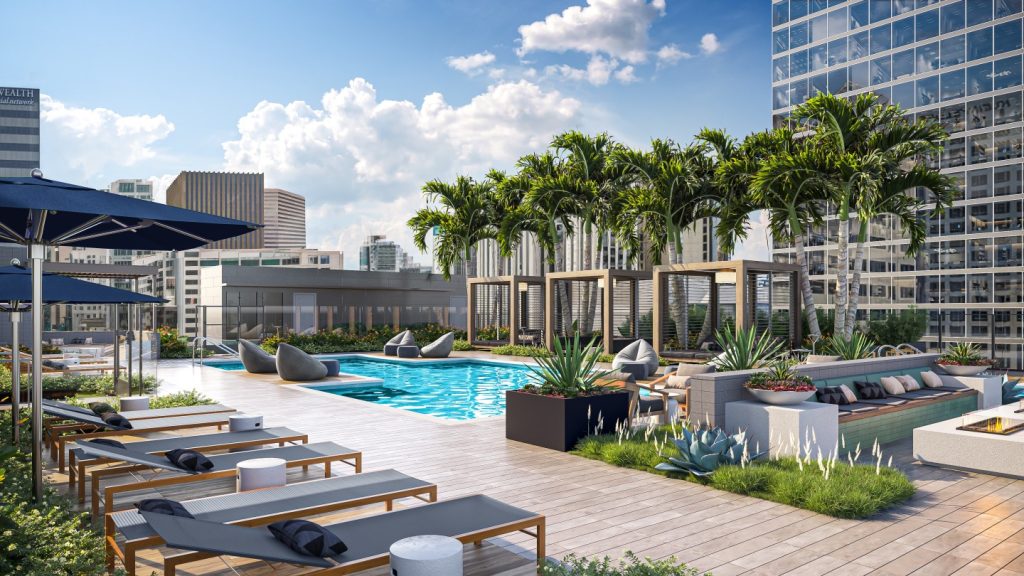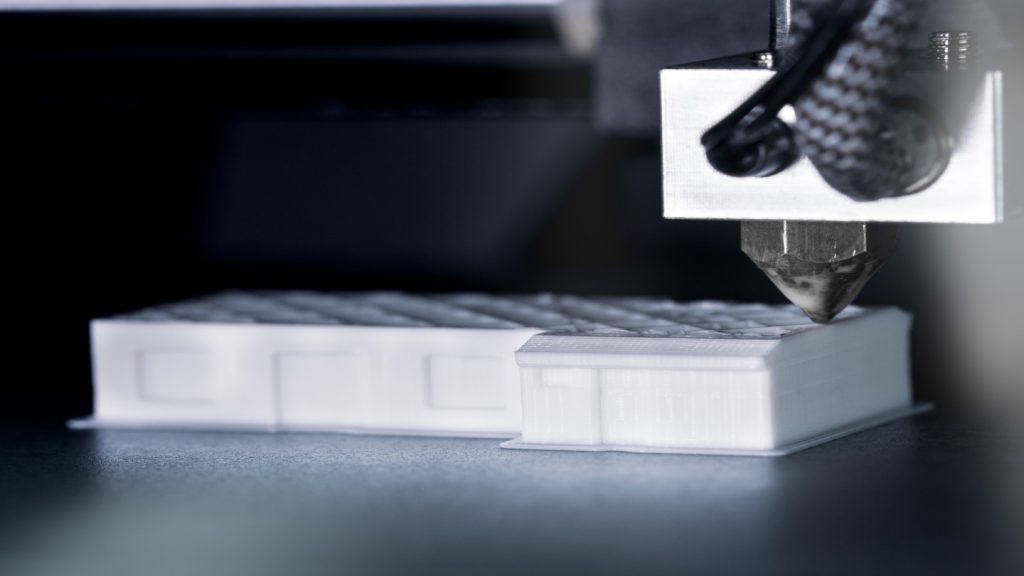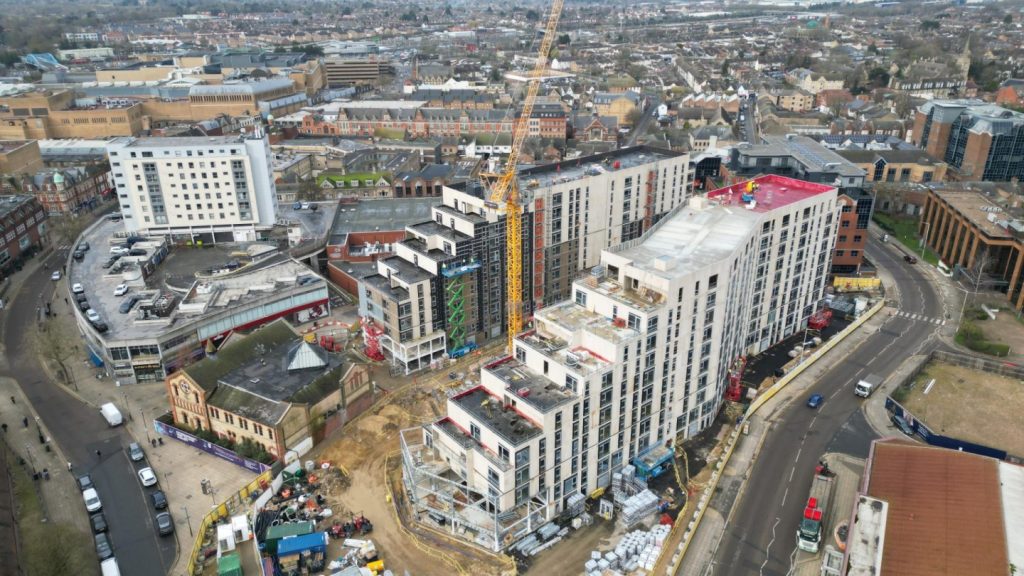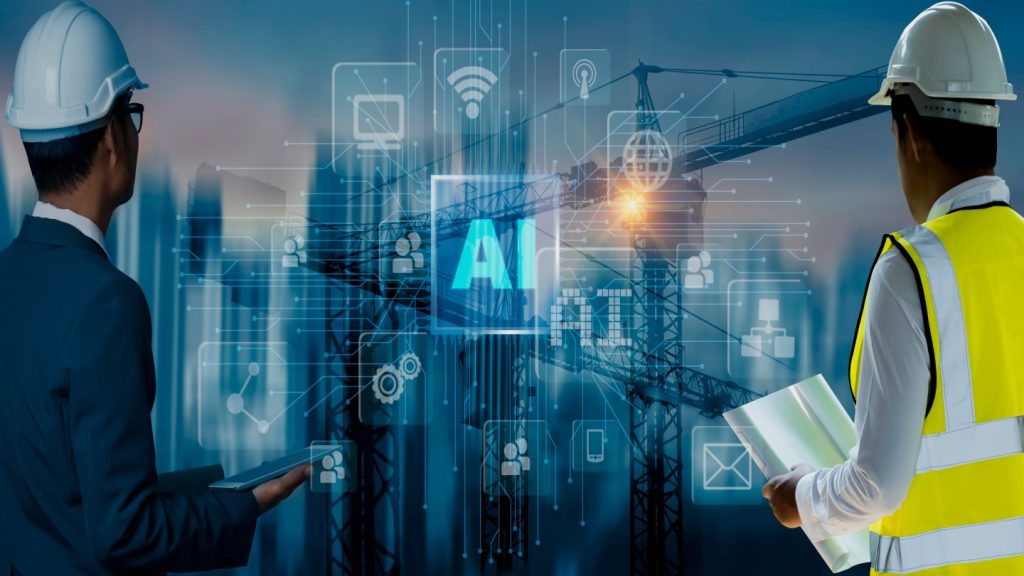Japan is still reeling from its greatest national disaster since the atomic bombings on Hiroshima and Nagasaski in 1945. The magnitude 9.0 earthquake and resulting tsunami of 11 March 2011 devastated the northern Tohoku region on Honshu leaving, more than 27,000 people dead and 173,000 people homeless.
The damage is estimated at $309bn. The longer term repercussions will be considerable as the Japanese completely rethink population dispersal and urban design.
While the earthquake caused widespread damage, it was the subsequent tsunami that killed so many people and resulted in entire communities vanishing under the waves. At its strongest over the open Pacific Ocean the tsunami was travelling at 500 miles an hour, the same speed as an airliner.
When the earthquake struck land, it scraped towns clean, sheared buildings off their foundations and carried walls of debris inland. "I was shocked, especially because I have considered Tohoku the starting point of my career," reflects leading architect Kengo Kuma.
Many of the towns wiped off the map by the tsunami may never be rebuilt. Once vibrant fishing ports Minamisanriku and Kesennuma, home to approximately18,000 and 73,000 people respectively, were completely buried under mud.
See Also:
Following the earthquake, the subsequent and continuing fallout from the Fukushima Daiichi nuclear powerplant complex has led to heated national debate on the country’s energy policy. The psychological trauma to the nation of the earthquake, tsunami and nuclear catastrophe will have long lasting implications.
How well do you really know your competitors?
Access the most comprehensive Company Profiles on the market, powered by GlobalData. Save hours of research. Gain competitive edge.

Thank you!
Your download email will arrive shortly
Not ready to buy yet? Download a free sample
We are confident about the unique quality of our Company Profiles. However, we want you to make the most beneficial decision for your business, so we offer a free sample that you can download by submitting the below form
By GlobalDataPolitically the earthquake has had major repercussions. In August, Primeminister Naoto Kan and his cabinet, who were in charge of dealing with the nuclear crisis and rebuilding from the March earthquake, resigned over fierce public and party criticism of their handling of the catastrophe. The disaster could instigate a change in Japanese politics and the social order.
A changing urban map
With not just coastal towns but major cities like Sendai being hit hard by the disaster, urban designers, the design and even location of many urban areas look set to change dramatically.
"I see at least three strategies for protecting against a future tsunami. Build on substantially elevated ground, away from the coastline; erect a massive seawall with an adequate height or design more buildings to take the brunt force of a tsunami – like automobiles designed to collapse in a crash," says Blaine Brownell, a former Fulbright scholar to Japan and currently assistant professor and co-director of the Suatainable Design programme at the University of Minnesotta.
"The first strategy is the most practical, but would result in the physical transformation of Japanese coastal cities." Brownell believes the hardest part is addressing the various and conflicting approaches to what society needs in the long-term.
"Many of the areas lost to the Tohoku tsunami were low-lying coastal neighborhoods populated by elderly people. It is economically prohibitive to rebuild all of these areas just as they were, particularly when younger generations are not interested in occupying them," he explains.
Many architects might prefer to focus on rebuilding the lives of families and communities in a widely distributed network of small towns but large cities like Tokyo simply remain too attractive to younger generations.
The tsunami has led to discussions on the need for homes that are less reliant on vulnerable national power networks. Japan’s nuclear reactors provide some 30% of the country’s electricity. Most of the reactors in the Tohoku region were shutdown following the earthquake leaving more than 4.4 million people without electricity.
The answer could lie in greener, low-energy buildings that do not need to be part of an extensive electricity and water infrastructure, instead utilising solar power and hot-water storage. The Japanese government is already speeding up changes to improve home energy efficiency standards that were in the pipeline prior to the disaster.
Despite this, the big question is whether energy hungry mega cities like Tokyo and Kyoto are capable of further reducing their dependence on nuclear power. Japan is ranked third in the world in electricity production, yet renewable energy, primarily from hydroelectric but also from geothermal resources, generates just 5% of the country’s electricity.
Re-evaluating energy
The average Japanese home already consumes about a quarter of the energy of the average US home so further conservation will be a challenge. Nevertheless, any re-evaluation of energy supply and consumption will have to firstly confront fundamental issues about how to create safe living environments and communities at the expense of lifestyle choices in a consumerist society.
It is a debate that extends across the globe. "If we do not transition to nature-oriented society on a global scale, our society will be unsustainable," says Masahiro Harada, of Tokyo-based-Mount Fuji Architects. "Capitalist societies should be reconstructed to a form which has nature as a fundamental. For instance, CO2 might be a global currency. Architects are in the next stage where we can adapt and evolve to a nature-oriented social order."
The March 2011 earthquake was one of the five most powerful in history. Not even Japan could prepare itself for the sheer scale of the devastation. The country is no stranger no natural disasters – the 1923 Great Kanto earthquake on Honshu killed 100,000 people. Kuma believes a radical rethink is needed.
"During the process of restoration, we should be able to realise model of dispersed model of population distribution," he says. "The Great Kanto earthquake and defeat in World War II brought into Japan a typical 20th century, American type of urban design and architecture," says Kuma.
"This time, conversely, we will see ourselves going back to the root of Japanese tradition." For Kuma, who is in Paris working on his new design for the Victoria and Albert Museum in Dundee, due to open in 2012, the biggest challenge is to cities that can both accommodate the risk of a tsunami and inherit each town’s history and culture.
Japanese buildings are by law designed to withstand the strongest earthquakes. Even simple wooden houses have cross bracing and steel ties to reinforce them. Kuma says wood can be resilient to an earthquake but not a tsunami. "We should seek the possibility of hybrid structures, such as wood and concrete, wood and steel," he explains.
For Brownell, the biggest challenge facing architects is how to design buildings that can adapt to changing future conditions, and that inspire society’s desire to keep and protect them. However, this is difficult in a country where the average life span of a building is remarkably short. The average house lasts only 26 years.
New methods behind materials
Given limited energy and material supplies, future construction will be extremely resource-efficient. Architect Shigeru Ban believes in using weak materials like paper and wood to create stronger structures. Since 1995, Ban has built shelters for victims of natural and manmade disasters, when he designed emergency housing with beer-crate foundations and paper-tube walls for survivors of the earthquake in Kobe.
Following the March 2011 earthquake, Ban developed modular shelters, made of cardboard panels and paper tubes, for displaced people. Ban believes in a new type of urban planning, where heavy, high concrete buildings are located near the coast to protect the houses behind them. Alternatively, green space and forested areas along the coast in front of populate areas can add layers of protection to a town facing the brunt of a tsunami.
A forested park along the coast is central to protecting a city on the opposite side of the Pacific. Designed by Chilean practice Elemental, founded by Alejandro Aravena, Constitución in Chile is being rebuilt following a devastating earthquake in 2010.
Local communities will need to strengthen their bonds following the earthquake says Brownell. While Tokyo’s political, economic and cultural importance as the nexus of a megalopolitan physiognomy suggests that Japan has a strong, centralised model of population distribution, the reality is in fact a "hybrid model in which Tokyo is a hot spot connected to a seamless and intricate web of conurbations".
Mount Fuji Studio, one of Japan’s most progressive practices that have designed many private houses, including Sakura House and Tree House, argue that a radical change in population distribution and infrastructure is essential, not just to create safer environments but for Japanese society to evolve from a centralised model to a more flexible, independent one. "I think that a dispersed life model would be attractive, if we maintain self-organisation," argues Harada. "I think that a dispersed autonomous society ought to be wide-spread as a safety net."
"The disaster will be a turning point towards a decentralisation policy," says Kuma arguing that a regional approach will be taken in the rebuilding process rather than a traditionally centralised dictum from Tokyo. It will be people and community centered that has its origins directly from the tragedy. What was so revealing about the disaster was it demonstrated that a centralised response from Tokyo was not as effective as local action by immediate, local people.
People relied on each other and a people-centric approach that focuses on creating a sense of secure place will be needed. "This disaster made the entire nation conscious of the problems which we cannot handle in the existent social order. The disaster revealed problems of current social order."
Mount Fuji Architects also highlight how the disaster is an opportunity for architecture’s role in society to be much more proactive and radical. Architects’ consciousnesses are starting to move on to ‘workable action’ from both top and bottom. In other words architectural incentives are moving to ‘concrete sociality’, which is much more pragmatic than ‘abstract sociality’ which used to be mentioned a lot."
Good governance
On a wider level, the earthquake has put under the spotlight on the need for a reassessment and for governance to be less centralised. Brownell believes in a hybrid model that allows large cities like Tokyo to flourish while incentivising local development in ways that optimise economic efficacy.
"For many Japanese people, both types of contexts are important," he says. "Tokyo for commercial and cultural opportunities and small towns for their connections to family history and nature."
The need for de-centralisation extends to architecture as regional design responses to the disaster may well replace the current Tokyo-design template that dominates the country.
Masahiro Harada believes incentives need to grow independently from individual regions upwards: "An affection for local communities is the mother of rebirth. To make it real, we need to find a system of reconstruction that promotes industry connected to local communities."
One impact of the Tohoku earthquake will be to spur greater innovation. "Japanese people are more attuned to changing environmental cycles and the potential damaging effects of natural disasters than most, and they are also more resilient," says Brownell. The dignified response to a national tragedy on an almost unimaginable scale is reflected by the Japanese sense of resilience or ‘gaman’, one which will form the basis of generating a response on both a spiritual, psychological and practical level.







